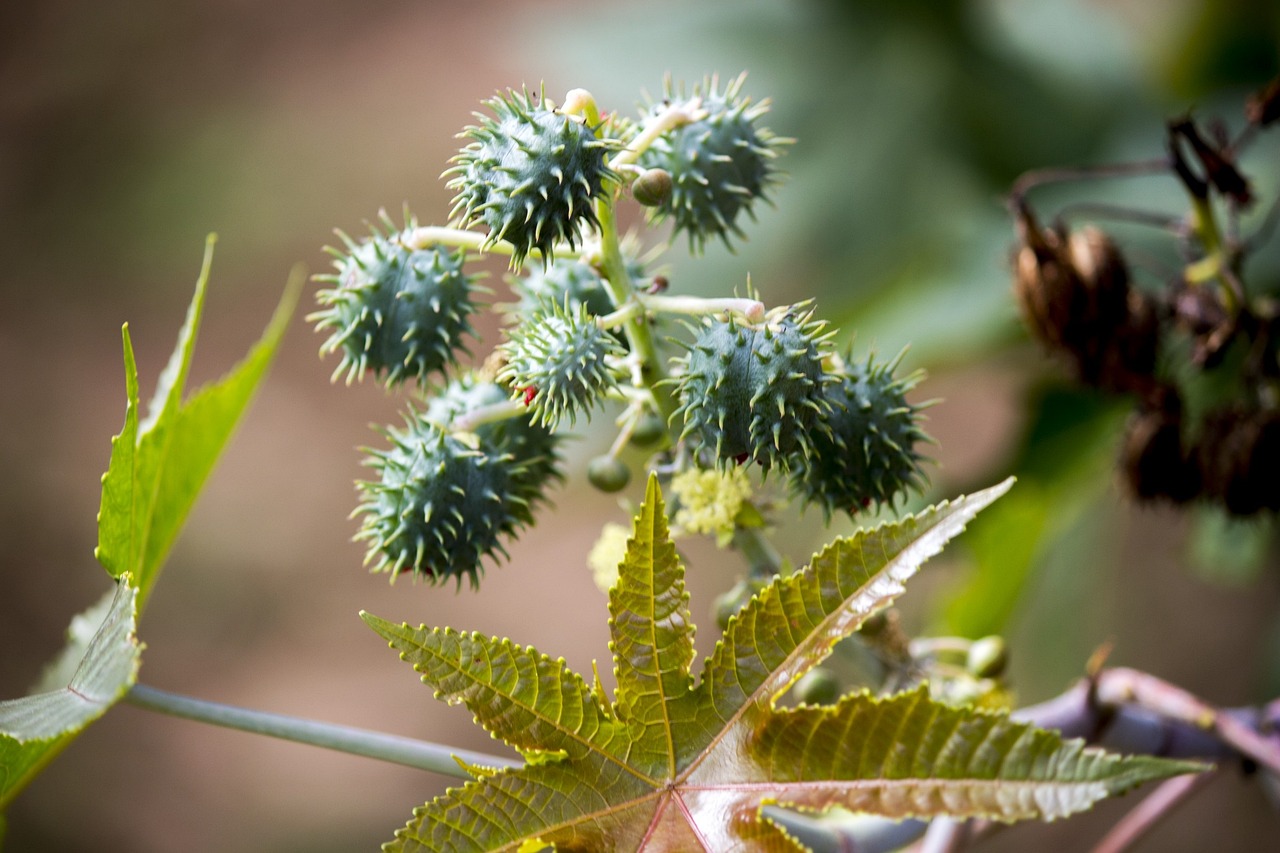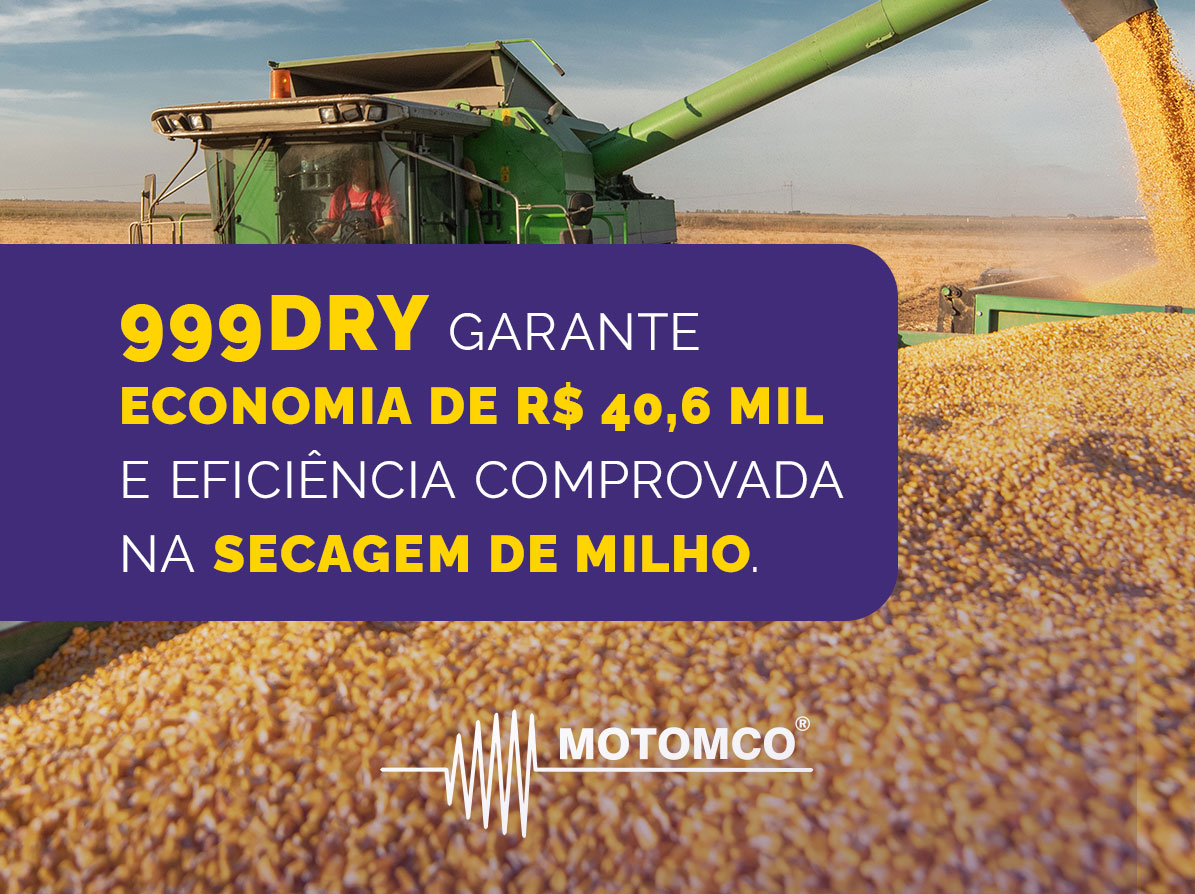Producers are investing in planting hybrid castor beans, a technologically advanced crop with a 120-day cycle in the field.
The majority of castor bean production is concentrated in the Northeast region of Brazil, with Bahia being the largest producing state. Since 1987, Embrapa has been developing cultivars and production systems adapted to Brazilian conditions, aiming to expand this crop. These efforts have led to significant advances, such as a 100% increase in castor bean productivity in the 2022/2023 harvest, according to estimates from the National Supply Company (Conab). Production jumped from 42.8 thousand to 91.4 thousand tons.
Agronomist and consultant Pamella Elimara Campos, who worked at a company specializing in castor bean genetics and seeds, highlights that most cultivation in Bahia is carried out by small producers who opt for taller varieties and harvest manually.
“The commercialization and planting of hybrid castor beans are more concentrated in areas of Mato Grosso and Goiás, where harvesting is mechanized. In these regions, the crop occupies a significant area due to the high demand for castor oil, also known as ricin oil, valued for its unique properties, including the composition of a single fatty acid in its chain, making it a potential substitute for petroleum derivatives,” explains Pamella. She adds that castor oil is currently more used in the pharmaceutical and cosmetics industries, in addition to being sold as pure oil.
The differential of hybrid castor beans is that it is a technologically advanced crop with a 120-day cycle in the field. The current genetics have made the plant more susceptible to glyphosate, allowing better control in the field. Additionally, castor beans can be grown in both dryland and irrigated environments but prefer drier conditions, tolerating water scarcity better than excess.
To ensure seed quality, special attention must be paid to harvesting. It is recommended to harvest when approximately 70% of the fruits have reached maturity, followed by a controlled drying process. Temperatures above 40°C during drying can compromise the physiological quality of the seeds. On the other hand, ideal drying occurs at a temperature of 40°C, with the fruits having 25% moisture, avoiding the harvest of completely dry fruits, which can induce seed dormancy.
Due to the high moisture content of the fruits at harvest, storage before drying can lead to product deterioration. In the case of non-shattering cultivars, whose clusters are harvested when fully ripe and dry, they can be stored directly, provided the moisture content does not exceed 10%.
Fernanda Rodrigues da Silva, manager at Loc Solution, the company that owns the Motomco brand of moisture meters, emphasizes that, in addition to a series of benefits and technologies, the 999ESI grain moisture meter includes the castor bean curve in its portfolio. The device comes with 90 curves of raw products and by-products pre-installed in factory mode, with the capacity to store over 500 product curves.
“Determining the harvest point for castor beans is complicated by the significant inconsistency in fruit maturation, which is why the device is essential for showing the exact moisture content. The 999ESI is a precise, state-of-the-art instrument that provides excellent performance,” says Fernanda.
For the industry that buys castor beans, factors such as oil content, acidity, and the amount of impurities in the grains are of great importance. However, due to the operational difficulty of controlling intrinsic quality, such as oil content and acidity, industries set specific requirements: seeds must contain no more than 10% unhulled seeds and be free of impurities such as stones, sand, and other debris.
Crop Rotation
Agronomist Pamella Elimara Campos explains that castor beans are often grown by producers after the soybean harvest, especially hybrid seeds, replacing crops like corn, sorghum, sunflower, and crotalaria. “This practice not only promotes crop rotation, unlike succession (such as repeated corn and soybean planting), but also brings significant agronomic benefits,” she notes.
One of the main agronomic benefits of castor beans is soil decompaction. The plant develops deep roots, promoting soil aeration.
In addition to biofuel, castor beans have other uses. Castor oil is widely used in various products, such as shampoos for hair growth. It is also employed as a lubricant for ships, airplanes, and satellites due to its stability at high and low temperatures. Additionally, the oil has been used in plastic production and even in 100% castor bean-derived sneakers.
About Loc Solution/Motomco
Loc Solution, based in Curitiba (PR), owns the renowned Motomco brand, known for its grain moisture meters. The company manufactures, sells, and rents these devices, being a reference in several agricultural regions in Brazil. Originally Canadian, the Motomco brand is the national leader in the grain moisture meter segment. For more information, visit motomco.com.br.





